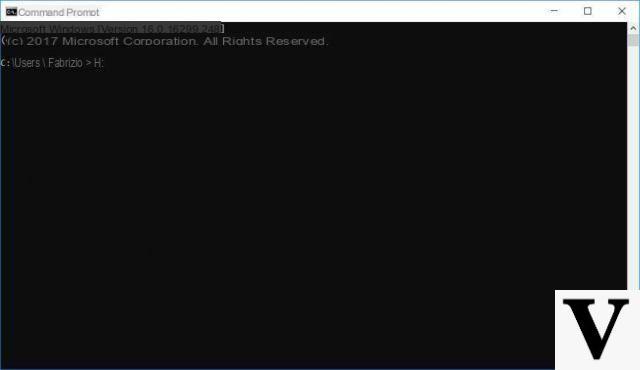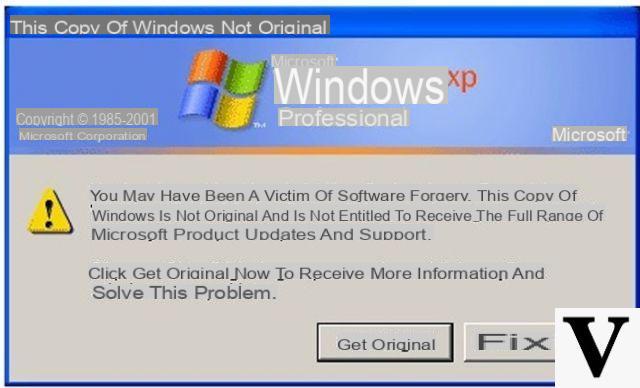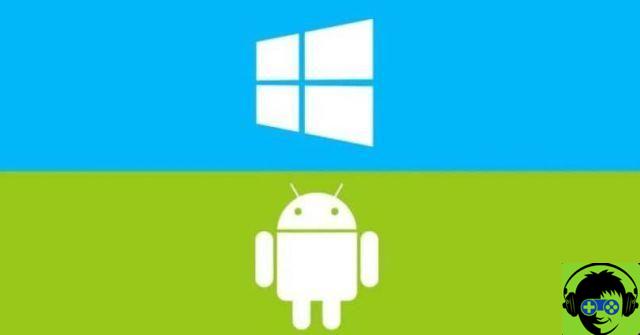We are almost there! Microsoft's promotion that offers Windows 10 as a free update to those in possession of a valid license for a previous system will last for just over two weeks: the big Redmond has started to remind us with a full-screen warning.
At this point it is imperative to make a decision, THE decision: to upgrade to Windows 10… or not to upgrade?
On the net there are conflicting opinions: there are those who have found a leap in quality in the update to Windows 10, others a sentence that has led them to go back like hell.
The truth as usual lies somewhere in between: there are extremely valid reasons for decide to upgrade to Windows 10 or not and whose validity, needless to say, lies entirely in the needs of those who are faced with the choice.
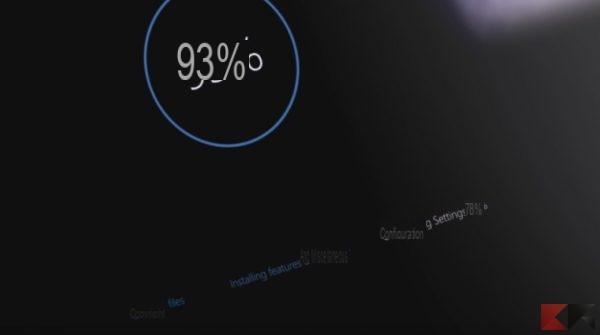
Below we list the reasons that, in our opinion, could help you decide one way or the other. Remember, however, that time is running out: if you don't already have it, you can purchase a license of Windows 7 or 8.1 for a few days, which can be upgraded for free to Windows 10 until July 29, at an extremely affordable price thanks to Kinguin.
Why upgrade to Windows 10
Cortana and searches
The introduction of a voice assistant has changed the life and way of using the PC of many users: Cortana helps us, even when we are at work, to remember our appointments and search for content on the web, as well as integrated research It allows use only one place to access web content, local files, settings and so on.

Not to mention the possibility of doing everything with the voice alone, relying on the magical formula "Hey Cortana", which invokes the voice assistant and allows those who use it to give it orders (ranging from research to annotating appointments) without touch the PC.
And then, let's talk about it, Cortana is present - as well as on Windows Phone and Windows 10 Mobile - also on Android and iOS.
Soon, thanks to her, it will be possible to view smartphone notifications also on the PC. We just have to wait for the Anniversary Update.
The new Start menu
This is not just a container of links! The new Start menu it allows you to look at news and information at a glance, to quickly access system features, search and much more.

Flexible and customizable, the Windows 10 Start menu is now the nerve center of the entire operating system.
Windows Defender
Initially, the antivirus integrated into Windows operating systems was nothing more than an adjunct to other solutions.
In Windows 10 this attitude tends to change, since Windows Defender - the proprietary solution - has reached a state of maturity such that it can be the only solution installed on the PC.
Defender indeed is strongly integrated with the system (being part of it), it can be configured to accept exceptions on files and folders and gets updates for malware definitions on a regular basis.
Being a solution that goes hand in hand with Windows 10, its resident protection hardly affects system performance.
The performances
Of performance speaking, Windows 10 is a step ahead of Windows 7 and significantly better than Windows 8.1.
The operating system, in fact, despite being more complex and inheriting the minimum requirements of its predecessors behaves excellently, at least with respect to them.
In fact, the system gives a perception of lightness, it is hardly subject to freeze due to the saturation of resources. This also makes it suitable for machines with non-first-rate hardware features and low-cost tablets.
Performance is also related to the software the user will run on the system. This does not mean that the system itself is not able to manage resources optimally.
An integrated and versatile ecosystem
The password of Windows 10 is “one operating system, for everything” and Microsoft has wanted to deliver on its promise.
Windows 10 is in fact, an ecosystem that runs across multiple types of devices (PC, notebook, tablet, phone, console and Holographic platform) that share code, basic functionality and information.
Thanks to Cortana, this ecosystem can also be partially extended to Android.
In its desktop sense Windows 10 can adapt both for use with touch devices and with mouse and keyboard. This is no small prerogative for a constantly evolving technological world.
Why NOT upgrade to Windows 10
That privacy that is not there (anymore)
Cortana, predictive writing, offering suggestions (web and otherwise) increasingly relevant to our attitudes have a cost: privacy.
Windows 10 shares a lot of information on the use of the system by its users. Such information would serve a improve the experience of using the system operating, progressively refining it thanks to feedback.
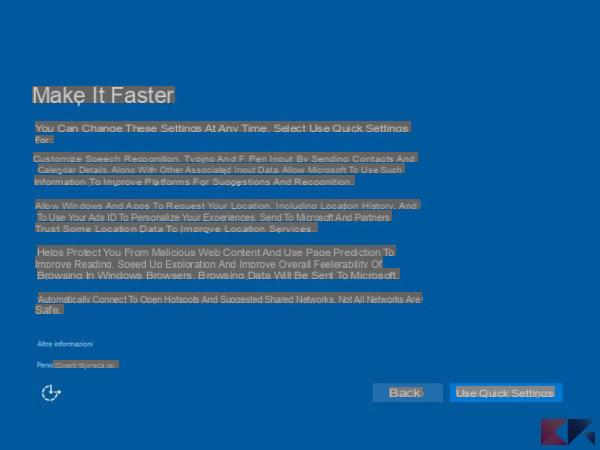
Privacy thus sacrificed can be a breaking point for many, who would prefer to avoid distributing this type of information.
However, it must be said that, in part, it is possible to "file" the behavior of the system by limiting the information shared.
Deeper control, however, is only achievable by using the version Enterprise of the System.
Intrusive updates
Without going around it: the system updates are required, at least for those who use Windows 10 Home. There is no way to avoid them even if you want to.
And, at least until the Anniversary Update scheduled for August 2, these could be automatically installed at any time and force restart even while working.
There is no subterfuge that takes, so much so that Microsoft has created three different branches of updates to manage the different types of users.
The truth is, unless you have an Enterprise license, everyone will have to upgrade sooner or later. Whatever the consequences may be on the hardware and on the system.
This, to many, is very little liked.
The drivers
Although Windows offers to check system compatibility before updating, trouble often comes later.
Once upgraded to Windows 10 the system may (in rare cases, but it happens) show unstable due to malfunctioning drivers.
The same thing could also happen after an update - which, we have already told you, is often mandatory.
For the sake of clarity it must be said that driver problems hardly occur on recent connected machines and devices; those who have something a little more “old” at hand, be it a PC / netbook or one of its components, should instead check the compatibility on the manufacturer's website.
No Windows Media Center
In Windows 8.1 the playback suite turned into an add-on for the operating system. In Windows 10, however, Windows Media Center has been permanently deleted and there is no way to get it back. There are many alternatives, which is why Microsoft has opted for the clean cut.
So if you are a fan of this software and do not want to rely on third party programs, you would do well not to update.
But let's face it: with spectacular software like Kodi, would you really miss it?
Predefined apps: what a passion!
This is a bizarre behavior that is not official but that has been experienced by many (including myself).
After a system update, Windows 10 may miraculously "forget" the default applications set by the user and return to its defaults.
Among other things, unlike what happened previously (a key was enough to make, for example, Chrome become the system browser) to set a default app is it is essential to go through the "Settings" panel.
Nothing complex, however, however this approach (and the related complications) could make you turn up your nose. Especially since, albeit to a limited extent, resetting your favorite apps takes time.
And you will update?
After reading our list of pros and cons we ask you: are you willing to upgrade? Do you feel ready to embrace the good of Windows 10 by turning a blind eye in case the bad also shows up?
Will you give the new operating system a chance or prefer not to try, even knowing that after the update you can go back for one month without losing your files?
Let us know!






